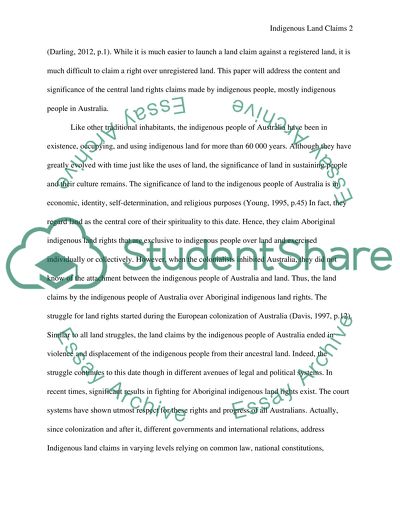Cite this document
(Indigenous People in Australia Case Study Example | Topics and Well Written Essays - 2250 words, n.d.)
Indigenous People in Australia Case Study Example | Topics and Well Written Essays - 2250 words. Retrieved from https://studentshare.org/sociology/1592145-indigenous-land-claims
Indigenous People in Australia Case Study Example | Topics and Well Written Essays - 2250 words. Retrieved from https://studentshare.org/sociology/1592145-indigenous-land-claims
(Indigenous People in Australia Case Study Example | Topics and Well Written Essays - 2250 Words)
Indigenous People in Australia Case Study Example | Topics and Well Written Essays - 2250 Words. https://studentshare.org/sociology/1592145-indigenous-land-claims.
Indigenous People in Australia Case Study Example | Topics and Well Written Essays - 2250 Words. https://studentshare.org/sociology/1592145-indigenous-land-claims.
“Indigenous People in Australia Case Study Example | Topics and Well Written Essays - 2250 Words”. https://studentshare.org/sociology/1592145-indigenous-land-claims.


